We share a detailed tutorial showing how to design this as part of our Fusion360 course. But here is the workflow and process we have used to create the physical piece.
This file was made using Fusion360 and sliced in Simplify3D using standard PLA settings, with supports. But this print would probably have worked OK without adding these.
We then gave the holder a light sand by hand with sandpaper to smooth the layers and remove any small blemishes from retraction and stringing (FYI: Wood filament can be a bit stringier than normal PLA, but we have had reasonable success without adjusting my slicer settings)
We then wiped down the print with a damped cloth to remove the dust before staining. It’s already looking very nice, the lines make it look a bit like plywood (As a result of printing it on its side).
We made a couple of test blocks from the filament to help decide on which wood stain to use. We tried white and light oak dyes.
We decided to go with the light oak stain for this vase, so applied the dye with a cloth and left it overnight to dry.
We then applied a wax coat to help protect the holder and finish the piece and left this to dry overnight.
Finally, We popped the test tubes back into the holder, added some water and flowers and popped it on the mantelpiece.
This piece can be designed on my Fusion360 for beginners course. Where we provide an overview of Computer Aided Design (CAD) with an introduction to the 3D drawing tools available and the Pros & Cons of each. During this session we will make functional parts that you can print at home or via a 3D printing bureau.